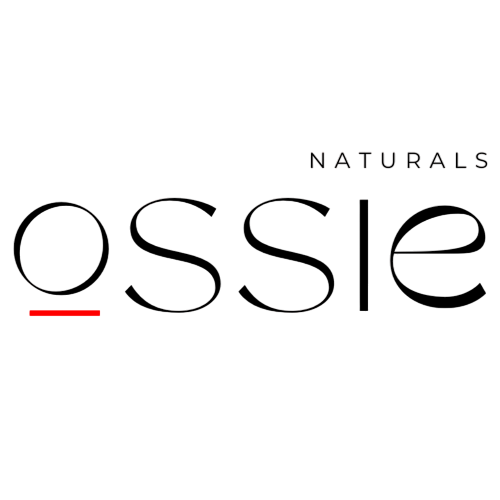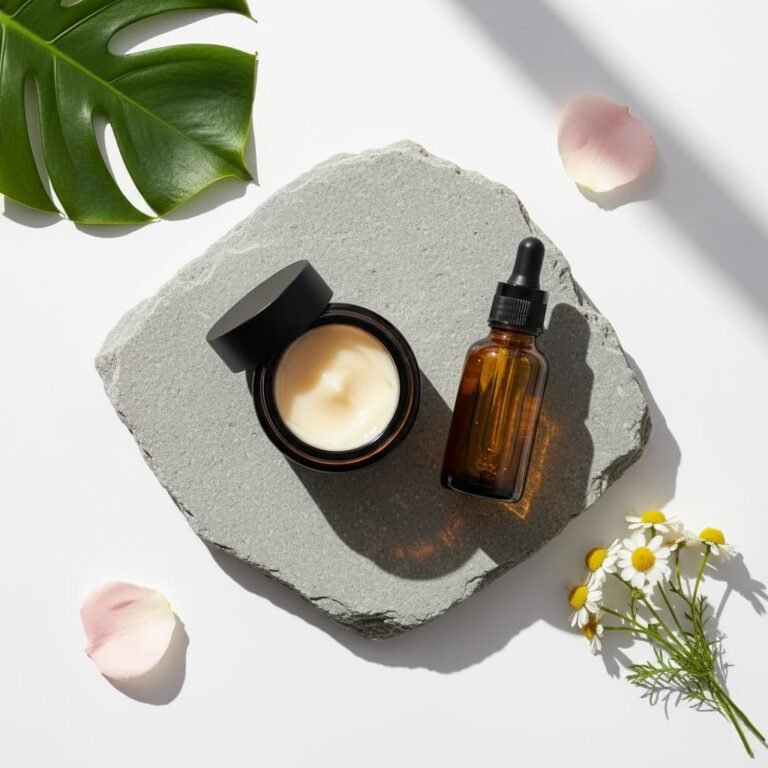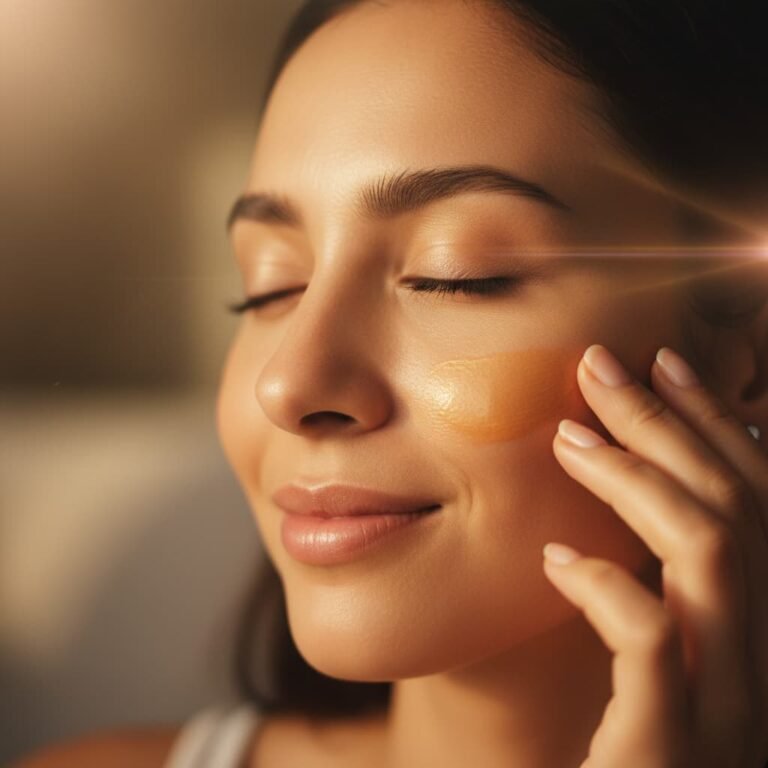Why I Choose Natural Over Synthetic Ingredients: A Deep Dive into Skincare Science
Many synthetic ingredients, while deemed "safe" for cosmetic use, had limited long-term safety data. More importantly, our skin is far more intelligent and capable than the cosmetic industry often gives it credit for.
Where science and nature work together

Standing in the skincare aisle some years ago, I realised something shocking: despite being an advanced beauty therapist with over 20 years of experience, I couldn’t pronounce half the ingredients in the “premium” products I was using. That moment changed everything and set me on a path to rediscover the power of natural skincare ingredients. What I discovered challenged everything I thought I knew about effective skincare and opened my eyes to a world where science and nature work together, not in opposition.
My Personal Awakening: When Expertise Met Reality
As someone who had always prided myself on understanding skincare, this realisation was both humbling and frightening. Here I was, a qualified professional with decades of experience, putting ingredients on my skin that I couldn’t even identify, let alone understand their long-term effects.
The turning point came when my own skin began reacting to products I had used for years. Red patches, unexpected sensitivity, and a general feeling that my skin was somehow “fighting” against the very products meant to help it. This wasn’t supposed to happen to someone with my background, yet there I was, experiencing the same frustrations I helped my clients navigate daily.
The Research Journey Begins
This personal crisis sparked an intensive research period that would fundamentally change how I approach skincare. I dove deep into cosmetic chemistry, ingredient safety databases, and peer-reviewed studies. What I found was both enlightening and concerning.
Many synthetic ingredients, while deemed “safe” for cosmetic use, had limited long-term safety data. More importantly, I discovered that our skin is far more intelligent and capable than the cosmetic industry often gives it credit for. The skin isn’t just a passive barrier waiting for products to “fix” it—it’s a dynamic, living organ with its own sophisticated systems for maintenance, repair, and protection.
The Science Behind Natural Ingredients: Understanding Your Skin's Intelligence
How Your Skin Actually Works
Your skin is your body’s largest organ, containing approximately 19 million skin cells, 650 sweat glands, and 20 blood vessels per square inch. It’s not just a barrier—it’s a complex, living ecosystem that:
- Regulates temperature through sophisticated vascular responses
- Maintains pH balance through acid mantle production
- Repairs itself through coordinated cellular regeneration
- Communicates with your immune system about external threats
- Absorbs selectively based on molecular size and compatibility
Natural Ingredients: Working With Your Skin's Design
Natural ingredients have been caring for human skin for thousands of years, and there’s profound science behind why they work so effectively. Unlike synthetic ingredients designed in laboratories to produce specific, isolated effects, natural botanicals contain complex arrays of bioactive compounds that work synergistically with your skin’s existing processes.
Olive Oil: A Case Study in Natural Complexity
- Rich in vitamin E (tocopherol) – a powerful antioxidant that protects cell membranes
- Contains squalene – identical to compounds your skin naturally produces
- Provides oleic acid – helps repair damaged skin barriers
- Offers polyphenols – compounds that reduce inflammation and protect against environmental damage
- Delivers deep moisturisation without disrupting your skin’s natural lipid structure
The Synergistic Effect. Unlike synthetic ingredients that typically target one specific function, natural botanicals contain hundreds of bioactive compounds that work together.
Calendula, for example, contains:
- Flavonoids for anti-inflammatory action
- Triterpenes for wound healing
- Carotenoids for antioxidant protection
- Essential oils for antimicrobial benefits
- Polysaccharides for moisture retention
This complexity means natural ingredients often provide multiple benefits simultaneously, supporting your skin’s overall health rather than just addressing isolated symptoms.
The Synthetic Ingredient Deep Dive: What You Need to Know
Understanding the Synthetic Approach
Synthetic skincare ingredients are designed to produce specific, measurable effects quickly. While this can be effective for certain purposes, it often comes with trade-offs that aren’t immediately apparent.
Common Synthetic Ingredients: The Full Picture
Parabens (Methylparaben, Propylparaben, Butylparaben)
- What they do: Highly effective preservatives that prevent bacterial and fungal growth
- The concern: Studies suggest they can mimic estrogen in the body, potentially disrupting hormonal balance
- Research findings: Detected in breast tissue samples and linked to reproductive health concerns
- The reality: While the cosmetic industry maintains they’re safe in small concentrations, the cumulative effect of daily exposure across multiple products remains largely unstudied
- Natural alternatives: Rosemary extract, vitamin E, and proper formulation techniques can provide effective preservation
Sulfates (Sodium Lauryl Sulfate, Sodium Laureth Sulfate)
- What they do: Create rich foam and remove oils and dirt effectively
- The problem: Strip away natural protective oils, disrupting your skin’s barrier function
- Long-term effects: Can lead to increased sensitivity, dryness, and compromised skin barrier
- Why it matters: Your skin produces natural oils for protection—stripping them forces your skin to overproduce, creating an imbalanced cycle
- Natural alternatives: Coconut-derived cleansers, saponified oils, and gentle botanical cleansers
Synthetic Fragrances/Perfume
- The hidden complexity: The term “fragrance” can legally hide up to 3,000 different chemicals
- Regulatory gaps: Companies aren’t required to disclose specific fragrance ingredients due to trade secret protections
- Health concerns: Many synthetic fragrances are known hormone disruptors, allergens, and respiratory irritants
- Cumulative exposure: We encounter synthetic fragrances in multiple products daily, creating a “chemical cocktail” effect
- Natural alternatives: Essential oils, botanical extracts, and fragrance-free formulations
Silicones (Dimethicone, Cyclopentasiloxane, Phenyl Trimethicone)
- Immediate benefits: Create a smooth application, reduce appearance of fine lines, and provide temporary skin smoothing
- The long-term reality: Form occlusive barriers that can trap bacteria and prevent natural skin functions
- Cumulative effects: Build up over time, potentially clogging pores and preventing other beneficial ingredients from penetrating
- Environmental impact: Non-biodegradable and accumulate in waterways
- Natural alternatives: Plant-based emollients like jojoba oil, squalane, and botanical waxes
The Regulation Reality
What “Safe for Cosmetic Use” Actually Means:
- Testing focuses on acute toxicity (immediate harmful effects), not long-term exposure
- Cumulative effects from using multiple products daily aren’t typically studied
- Individual sensitivity variations aren’t accounted for in safety assessments
- Hormonal disruption often occurs at levels below traditional toxicity thresholds
How to Read Skincare Labels Like a Pro: Your Complete Guide

Understanding INCI Names
The International Nomenclature of Cosmetic Ingredients (INCI) system standardises ingredient names globally. However, this scientific naming can make natural ingredients sound synthetic and vice versa.
Examples of Natural Ingredients with Complex INCI Names:
- Tocopherol = Vitamin E from natural sources
- Ascorbyl Palmitate = Vitamin C derivative from natural sources
- Sodium Cocoyl Isethionate = Gentle cleanser derived from coconut oil
The Concentration Game
The key is understanding that ingredient lists are ordered by concentration, but this only applies to ingredients present at 1% or higher. Below 1%, ingredients can be listed in any order, which means:
- Active ingredients might appear at the end despite being effective at low concentrations
- Marketing ingredients might be listed prominently despite minimal concentrations
- Preservatives and fragrances are typically listed last, but can still cause reactions
Red Flag Ingredients to Avoid
Immediate Concerns:
- Formaldehyde-releasing preservatives (DMDM hydantoin, quaternium-15)
- Phthalates (often hidden in “fragrance”)
- Heavy metals (lead acetate, mercury compounds)
- Synthetic dyes (FD&C colours followed by numbers)
Ingredients Requiring Caution:
- Alcohol denat (extremely drying, especially in high concentrations)
- Artificial colours (unnecessary and potentially irritating)
- Low-grade petroleum derivatives (mineral oil, petrolatum in poor-quality forms)
Green Flag Ingredients to Seek
Proven Natural Actives:
- Plant oils (jojoba, argan, rosehip, sea buckthorn)
- Botanical extracts (calendula, chamomile, green tea)
- Natural vitamins (tocopherol, ascorbic acid from natural sources)
- Natural humectants (glycerin from plant sources, honey)
- Natural preservatives (rosemary extract, vitamin E)
The Natural Advantage: Why Complexity Matters
Biomimicking in Skincare
The most effective natural skincare ingredients work because they mimic or support your skin’s natural processes. This isn’t coincidental—it’s evolutionary. Our skin has evolved alongside these natural compounds for thousands of years.
Tallow and Sebum Similarity:
- Human sebum contains palmitic acid (25%), oleic acid (18%), and stearic acid (13%)
- High-quality tallow contains palmitic acid (26%), oleic acid (19%), and stearic acid (14%)
- This similarity means your skin recognises and utilises tallow efficiently
Botanical Antioxidant Networks:
- Plants produce complex antioxidant systems to protect themselves from environmental stress
- These same protective compounds benefit human skin when applied topically
- Natural antioxidant networks are more stable and effective than isolated synthetic versions
The Entourage Effect in Skincare
Just as the “entourage effect” in plant medicine describes how compounds work better together than in isolation, natural skincare ingredients provide synergistic benefits:
Rose Hip Oil Example:
- Vitamin C for collagen synthesis and brightening
- Vitamin A for cell turnover and repair
- Essential fatty acids for barrier support and inflammation reduction
- Antioxidants for environmental protection
- Natural emollients for moisture retention
This complexity is impossible to replicate with synthetic ingredients, which typically provide single-function benefits.
The Long-Term Perspective: Building Skin Health vs. Managing Symptoms
The Synthetic Approach: Quick Fixes
Synthetic skincare often focuses on immediate, visible results:
- Silicones create instant smoothness, but don’t improve actual skin texture
- Harsh exfoliants remove dead skin quickly but can damage the protective barrier
- Synthetic moisturisers provide temporary hydration but may not support natural moisture production
The Natural Approach: Supporting Skin Function
Natural ingredients work more slowly but create lasting improvements:
- Supporting natural cell turnover rather than forcing rapid exfoliation
- Strengthening the skin barrier rather than creating temporary barriers
- Providing nutrients that support long-term skin health
- Working with your skin’s natural rhythms rather than overriding them
Making the Transition: A Practical Guide
Phase 1: Assessment (Weeks 1-2)
- Document your current routine and any skin concerns
- Research ingredients in your current products using apps like YUKA or Think Dirty
- Identify the most problematic products (those with the most synthetic ingredients or causing reactions)
Phase 2: Gradual Replacement (Weeks 3-8)
- Start with one product at a time to monitor your skin’s response
- Choose the product you use most frequently for maximum impact
- Allow 4-6 weeks to see true results from natural alternatives
Phase 3: Optimisation (Weeks 9-12)
- Fine-tune your routine based on your skin’s response
- Add complementary natural products that work synergistically
- Establish a sustainable routine that supports long-term skin health
What to Expect During Transition
Weeks 1-3: Adjustment Period
- Your skin may initially react as it adjusts to new ingredients
- Oil production might fluctuate as your skin rebalances
- Some synthetic-dependent effects (like silicone smoothness) will fade
Weeks 4-8: Rebalancing
- Natural skin functions begin to restore
- True texture and tone improvements become apparent
- Sensitivity often decreases as barrier function improves
Weeks 9+: Optimized Function
- Skin appears healthier and more resilient
- Natural glow and vitality become evident
- Reduced dependence on products for basic skin comfort
The Environmental Connection: Your Skin and the Planet
Bioaccumulation in Waterways
Many synthetic ingredients don’t break down naturally:
- Silicones accumulate in marine environments, affecting aquatic life
- Synthetic fragrances disrupt aquatic ecosystems
- Microplastics from synthetic polymers enter the food chain
Sustainable Sourcing of Natural Ingredients
Quality natural skincare supports:
- Regenerative agriculture practices that improve soil health
- Fair trade relationships with ingredient producers
- Biodiversity preservation through demand for diverse botanicals
- Local economies in regions where ingredients are grown
Making Informed Choices for Your Skin's Future
The choice between natural and synthetic skincare isn’t about being anti-science—it’s about choosing ingredients that work with your skin’s natural intelligence rather than overriding it. After years of research and personal experience, I’ve learned that the most effective skincare approach respects the complexity and wisdom of your skin’s natural functions.
Your skin has evolved over millions of years to protect, heal, and maintain itself. The most effective skincare ingredients are those that support these natural processes rather than forcing artificial changes. Natural ingredients, with their complex compositions and biomimetic properties, offer a way to enhance your skin’s inherent capabilities while minimising the risk of long-term adverse effects.
This doesn’t mean that every natural ingredient is perfect for every person, or that all synthetic ingredients are harmful. It means approaching skincare with knowledge, respect for your skin’s intelligence, and a long-term perspective on health and wellness.
The transformation in my own skin—and the skin of countless clients who have made similar transitions—demonstrates that when we work with our biology rather than against it, remarkable improvements are possible. Your skin deserves ingredients it recognises, can utilise effectively, and that support its natural functions for years to come.
Support Your Skin
Our natural product collection at Ossie Naturals is formulated specifically to support your skin’s natural adaptive processes. Each product provides the building blocks your skin needs, from barrier-supporting lipids to adaptive antioxidants.
We don’t believe in dramatic seasonal routine overhauls or aggressive treatments that fight against your skin’s natural processes. Instead, our approach focuses on gentle, consistent support that works with your skin’s intelligence rather than against it.
Join our private community on Facebook or join our Newsletter for access to seasonal transition guides, ingredient education, and products specifically formulated to support your skin through changes because your skin’s adaptive intelligence deserves support, not interference.
Performance‑led, nutrient‑rich compositions
Our House Collection
Calendula Balm - Original™
Restorative and Calming Concentrate
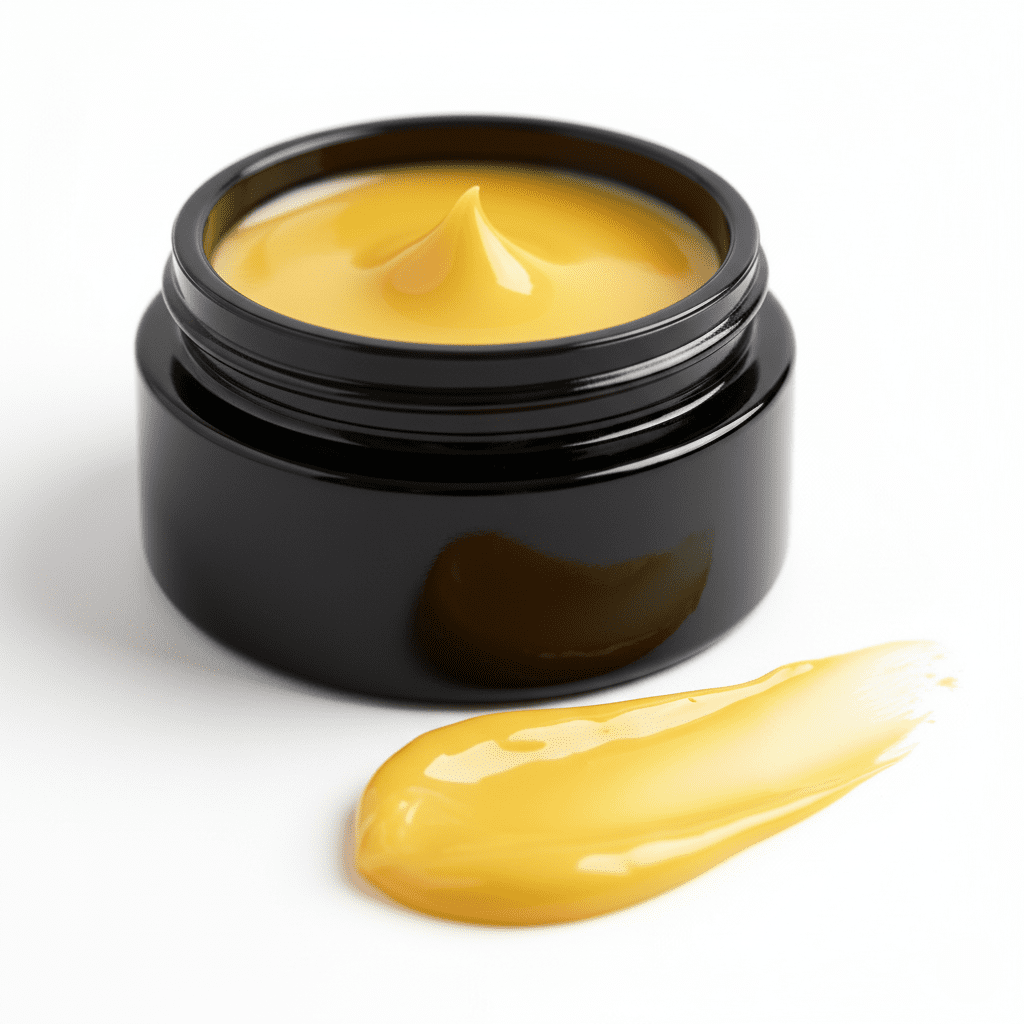
Azure Tansy
Balm™
Intensive Repair and Protection Complex
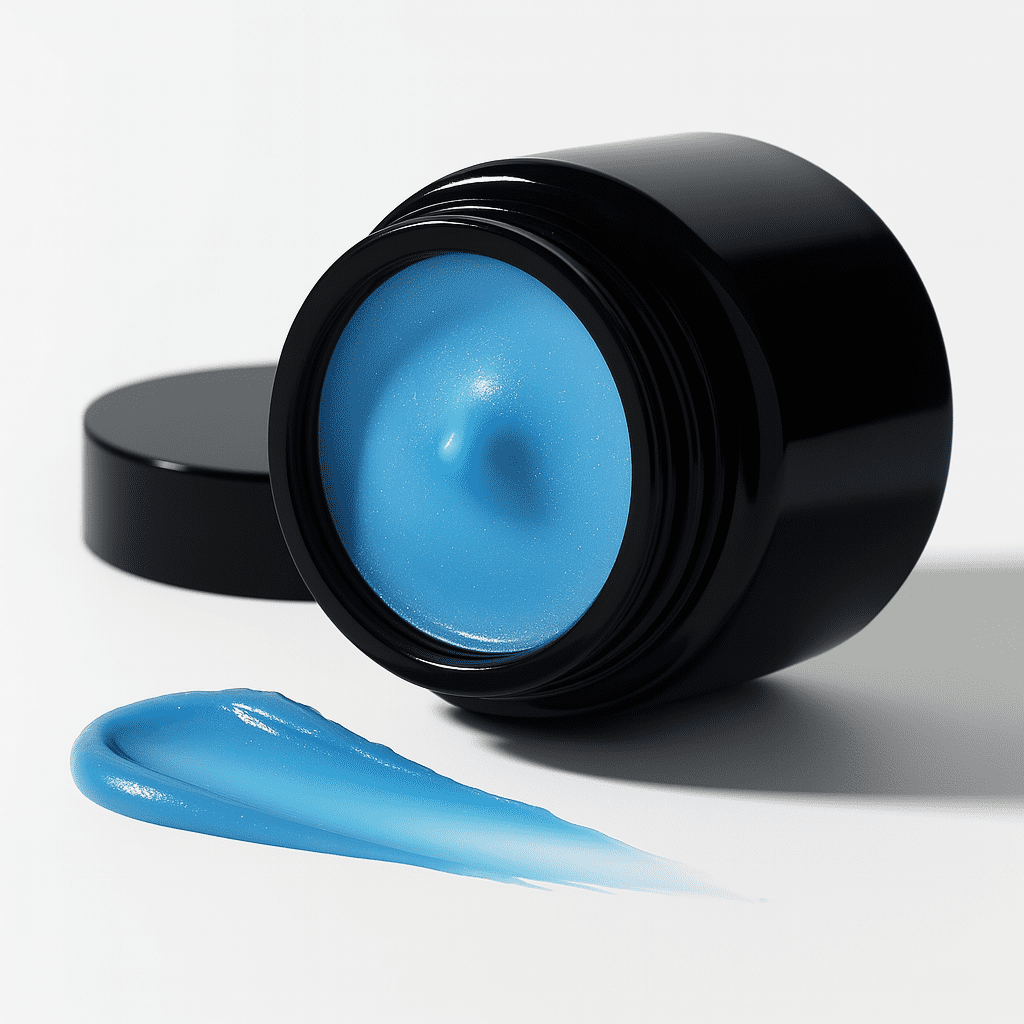
TerraPure - Original Deodorant
Powerful protection, naturally
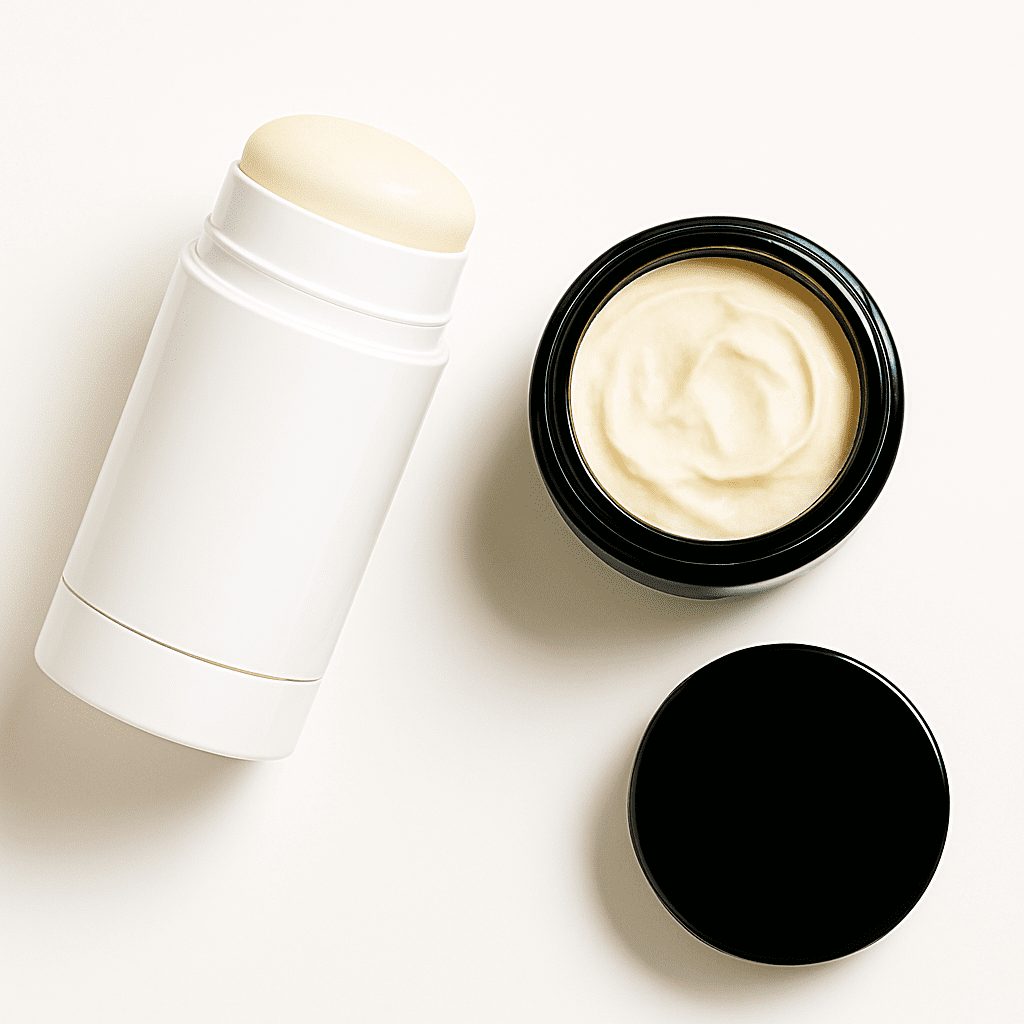
Restorative Phyto‑Serum Oil™
Renewal and Balance. Visible transformation in every drop
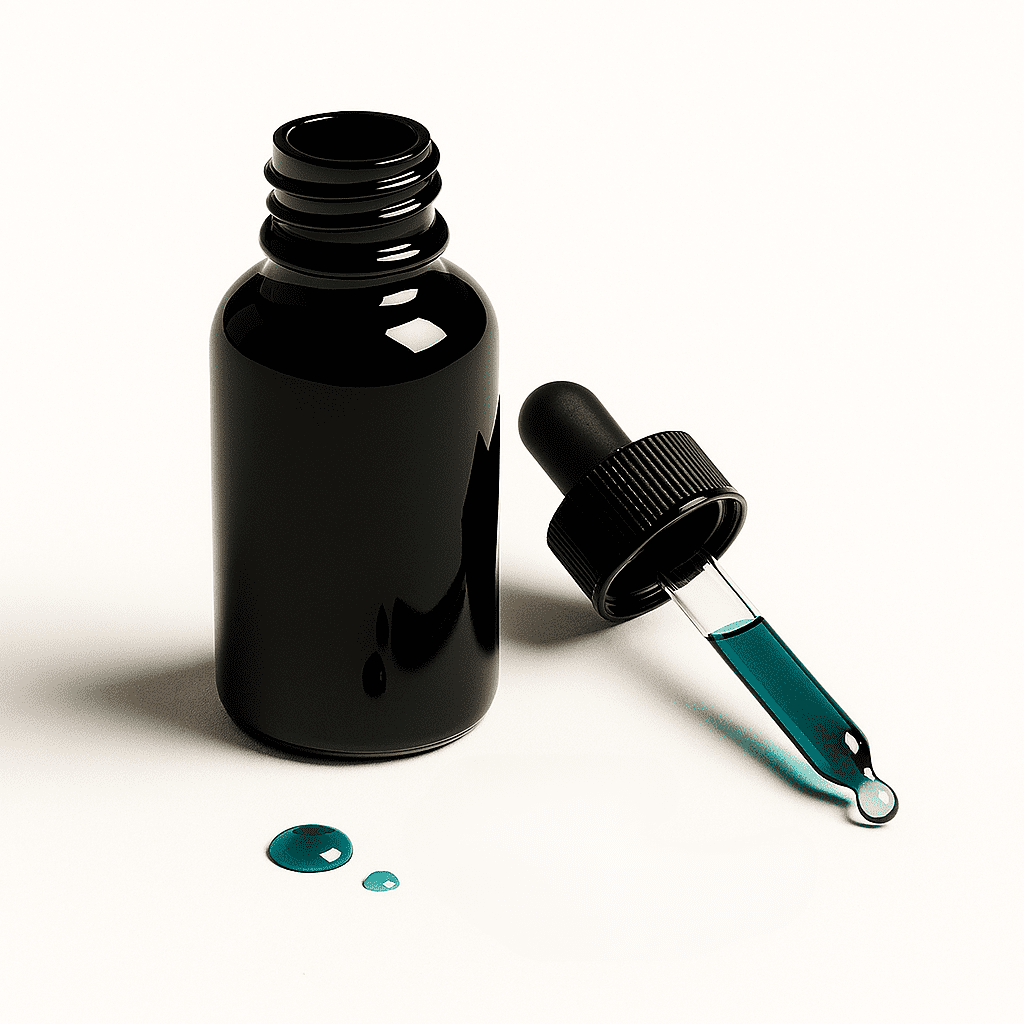
We empower your skin to thrive.
Sign Up Newsletter
Ready to invest in your skin’s future with the finest natural ingredients? Explore our collections or join our community for expert tips and exclusive access.
We value your trust when sharing your personal data with us. We always treat your data in a fair and respectful manner, limited to the purpose mentioned above. If you would like to know more about how we handle your data, please read our Privacy Policy.
